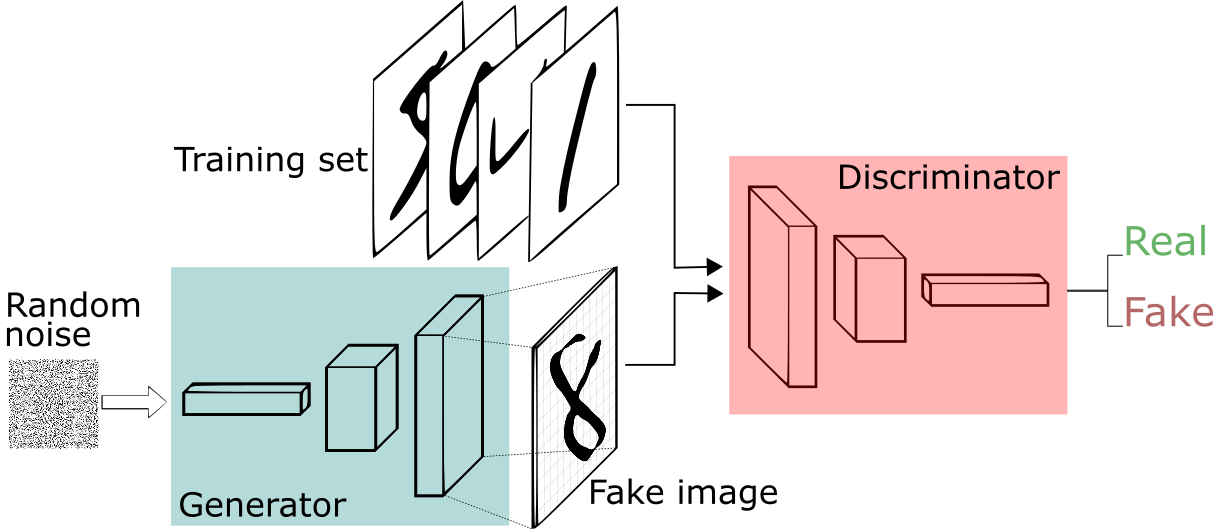
Deblurring is the process of removing blurring entities from the image. In recent times, with the advent of machine learning there has been tremendous effort from the research community to come up with new deblurring techniques. However, the state-of-the-art deblurring technique still takes hours of time to construct proper deblurring effect. Therefore, in this project the objective is to construct proper deblurring image instantly. In order to accomplish that we will be using Generative Adversarial Networks (GAN). We have come up with a solution to speedup the GAN training. We will be deploying our solution into the cloud connectivity kit and also make use of Microsoft Azure, in order to generate accelerated deblurring image reconstruction.
Our project will have multiple applications starting from Smart City, Autonomous Vehicles, Industrial etc, as it involves creating proper visible images from blurring entities.
Project Proposal
1. High-level project introduction and performance expectation

Figure 1: Top-level diagram of the project
Deblurring is the process of removing blurring entities from the image. In recent times, with the advent of machine learning there has been tremendous effort from the research community to come up with new deblurring techniques. However, the state-of-the-art deblurring technique still takes hours of time to construct proper deblurring effect. Therefore, in this project the objective is to construct proper deblurring image instantly. In order to accomplish that we will be using Generative Adversarial Networks (GAN). We have come up with a solution to speedup the GAN training. A top-level diagram of the project is shown in Figure 1.

Figure 2 : Working of Generative Adversarial Networks (GAN)
In GAN training, Two Neural Networks are involved as shown in Figure 2. One of the networks, the Generator, starts off with a random data distribution and tries to replicate a particular type of distribution. The other network, the Discriminator, through subsequent training, gets better at classifying a forged distribution from a real one. Both of these networks play a min-max game where one is trying to outsmart the other. The generator uses the blurred image to directly generate the deblurred image and reconstruct the deblurred image as sharp as possible to deceive the discriminator. It tries to make the discriminator think that the generated restored image is the sharp image. The discriminator prevents itself from being deceived by the generator through continuously discriminating the restored image and the sharp image in the high-dimensional space, and the difference information between them (discrimination result) is passed to the generator to guide it to generate the higher quality restored image. The game between the generator and discriminator improves the deblurring performance. However, the training as well as deblurr reconsutruction using GAN takes large time. The objective of this work is to utilize the FPGA hardware acceleration to improve the GAN training in order to accomplish fast image deblurring reconstruction.
2. Block Diagram

Figure 3 : Block diagram of Image Deblurring Reconsturction using Generative Adversarial Network (GAN).
The reconstruction process starts from a blurred version of the image as shown in Figure 3. During the training process, the generator generates an image from the blurred input version and compares the output with actual real image. The comparisor is reported as adversarial loss and it is fed into the generator. Considering the adversarial loss, generates keep on generating better version of images in subsequent iterations. The process stops, when the adversarial loss goes below a certain user defined threshold. When the training is completed, the generator has learned how to deblur under the guidance of the discriminator during the training process. So, in final application, we just need to deploy the model of the generator and input the blurred image to the generator to get the deblurred image. There is no need for the actual real image and discriminator.
3. Expected sustainability results, projected resource savings
We want to parallelize the GAN training process with the help of FPGA hardware acceleration and we will use DE10 board in order to accomplish that. We believe that by accelerating the GAN training, we will be able to speedup the image deblurring reconstruction problem with better image resolution.
0 Comments
Please login to post a comment.